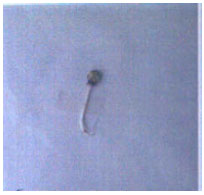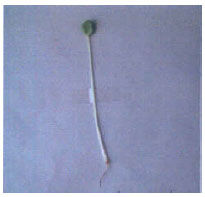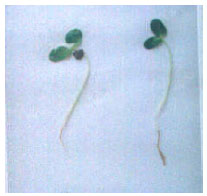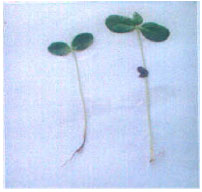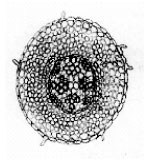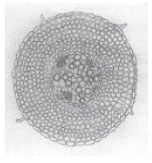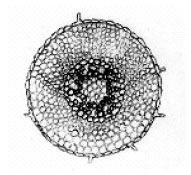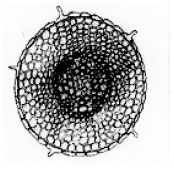Research Article
Effect of Toxic Metal Mercury on Histomorphology of Cymopsis tetragonoloba
Department of Chemistry, Jinnah University for Women, 5 C Nazimabad, Karachi 74600, Pakistan
LiveDNA: 92.11344
ORCID: 0000-0002-9035-806X
Shabana Askari
Departrnent of Botany, Jinnah University for Women, 5 C Nazimabad, Karachi 74600, Pakistan
Saba Haider
Department of Chemistry, Jinnah University for Women, 5 C Nazimabad, Karachi 74600, Pakistan











